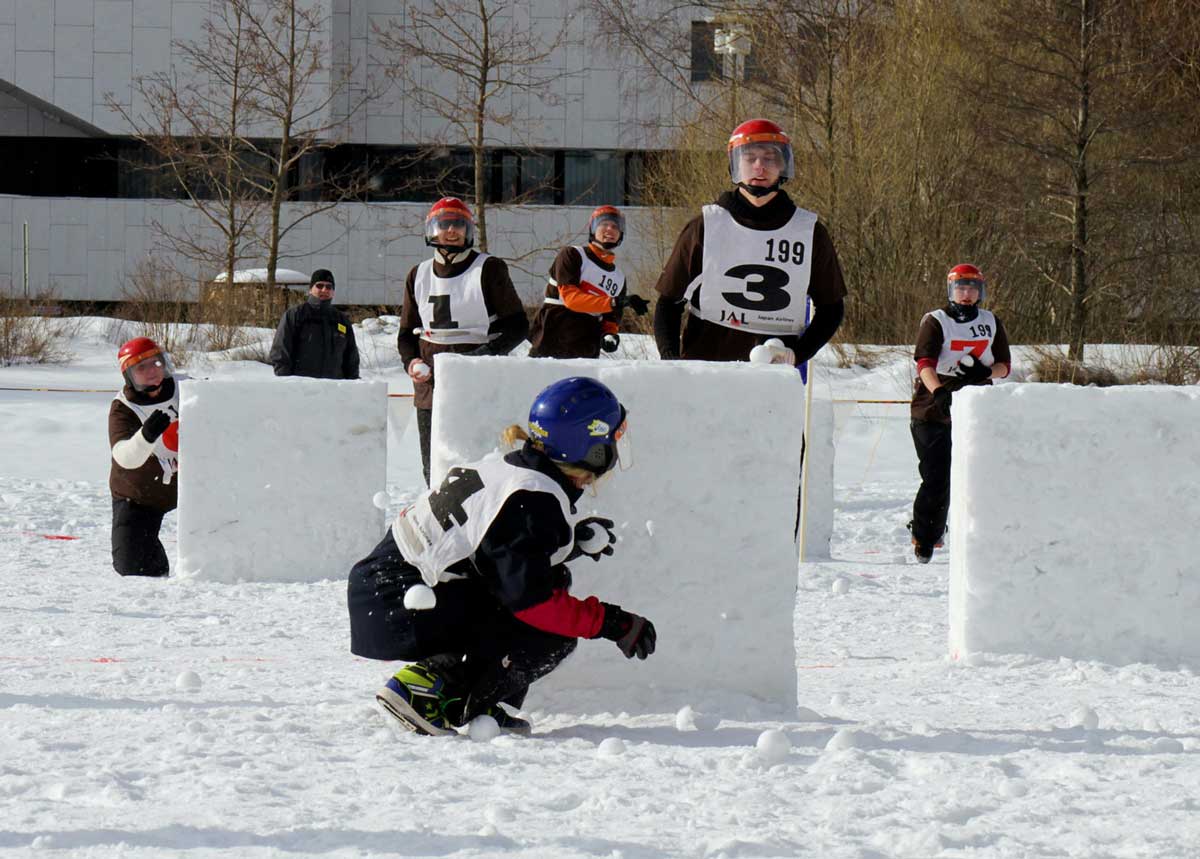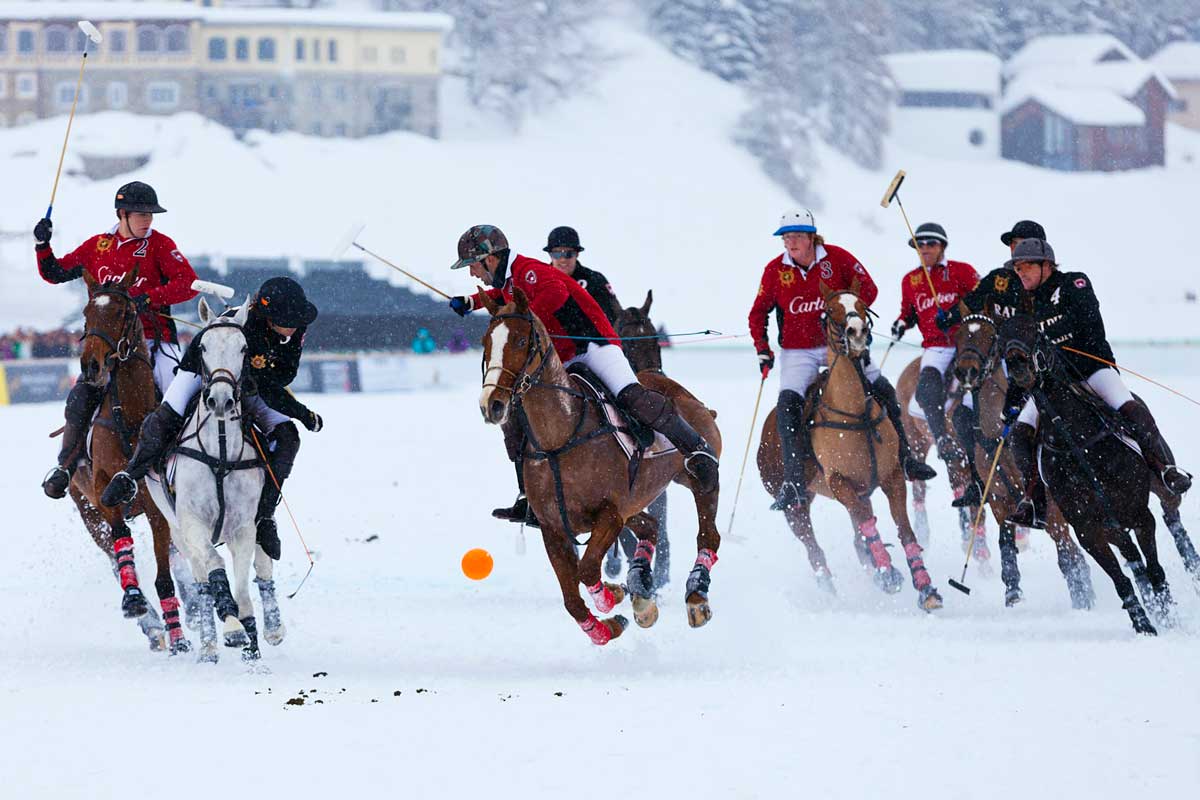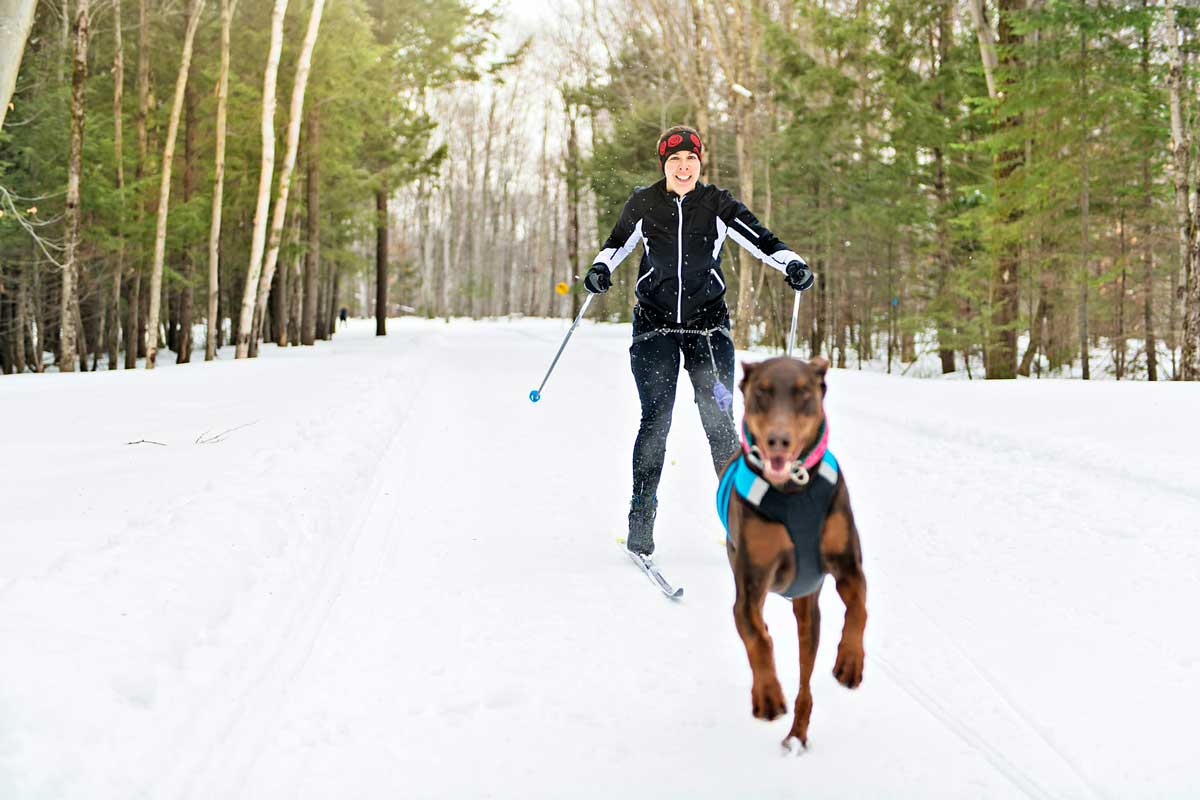Lowering the temperature does not mean that outdoor entertainment should stop. While fans of skiing and snowboarding, some people are creative, moving their favorite sports in the warm season to the winter climate or inventing brand new ones, such as the boys who started sledding with a shovel. Below are eight non-traditional winter sports from around the world.

Yukigassen
There are snowball fights, and there is Yukigassen, a snowball competition that originated in Japan and has spread to other countries with snowy climates, such as Norway, Russia, Finland, Sweden, Alaska and Canada.
But this is not a snowball fight in elementary school. “Snow Battle” consists of two teams, including up to seven players, who meet in a three-minute match, armed with 90 snowballs and aiming to either knock out all opponents, as in dodgeball, or capture the flag of another team. You can see this in person when 100 teams compete with each other every February at the Showa-Shinzan International Yukigassen.

Snow polo
The first snow polo tournament took place on a frozen lake in brilliant St. Moritz in 1985 and has since become an annual tradition for those dressed in fur. This is essentially a winter version of polo, but there are some differences. Polo is played with horses in the snow, yes, but unlike regular polo, there are additional obstacles in the form of wind, cold and dust.
Horses are put on special shoes and their tails are plaited, and players watch them closely. This sport appeared in the state. In December this year, it is held at the Hotel St. Regis in Aspen. If you go there, dress to impress, and don’t forget to check out the Bloody Mary Bar.
Kayaking in the snow
Who said kayaks are for water only? When the snow falls, they become an excellent vehicle for downhill skiing. This is the essence of snow kayaking, when kayaks rub wax like skis and descend from a high slope. Players are given an oar to have at least some semblance of control.
The first race was held in 2002 by local Austrian kayakers, and now they have grown into their own world championship on a fixed track. If you go even further, some brave ones add a parachute to catch the air. Heavenly kayaking?

Skiing
This is a Norwegian word and entertainment, skijøring roughly translates as “skiing”. In this fast-paced winter sport, a person on skis is dragged by an animal, often up to three dogs, to help him move across rough terrain. But this sport is not limited to animals: it also includes motorcycles, other vehicles and various other animals, including horses.
Equestrian skijoring was presented as an exhibition sport at the 1928 Olympics, but never received competition status. Today, fans can still find competitions to watch, including the annual Skijoring World Championships in Whitefish, Montana, where participants race on their horse (with rider) through jumps, turns and other obstacles.

Ski ballet
Ski ballet is exactly what it looks like. Once upon a time, athletes dressed – sometimes with lush sleeves – and performed choreographic numbers in ski freestyle. These were jumps, turns, somersaults and even a lunar walk.
There were no restrictions, and that was part of the appeal. Unlike figure skating, ski ballet, also called “acros”, even received the status of an exhibition sport at the Olympic Games, but did not arouse the interest expected, despite the fact that it was bright and was mostly popular then music. This sport has gone down in history since 2000, but you can still see some tricks in the ski ballet scene in the 1984 film Hot Dog.
Snowkiting
To understand what snowkiting is, start with kiteboarding, where a large guided kite plus wind is used to move the board on the water or out of the water to perform tricks. Now change the water for snow and the wetsuit for snow gear and you will get snow kiting.
This sport is gaining popularity around the world, and the largest competition – Red Bull Ragnarok – is held annually in the Norwegian city of Hardangervidda. 350 kites dot the race track.
Shovel races
What do you do when you can’t find a sled? Take a shovel. At least that’s what ski lifts did in New Mexico’s ski resorts in the 1970s, allowing them to get downhill quickly after work.
Naturally, this turned into a race, and then a real sport, which was even presented at the 1997 Winter X-Games (but was quickly stopped after an injury to one of the participants). Today, this tradition is maintained in the resort of Angel Fire in northern New Mexico, where the World Shovel Racing Championships are usually held in January or February.

